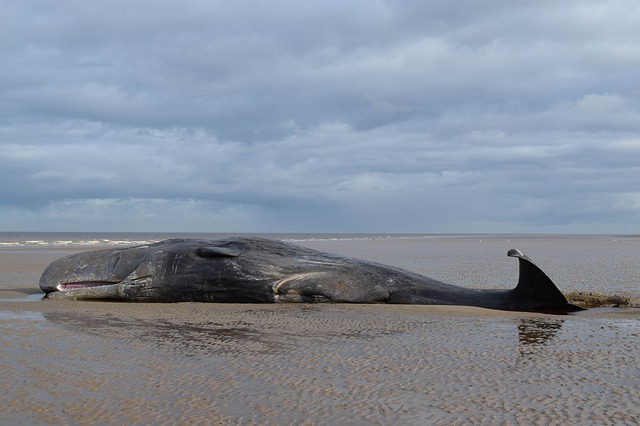A Norwegian company has applied to carry out seismic surveys for oil along the West Coast, a process which uses airgun blasts into the ocean floor to find oil and gas below it. Petroleum Geo-Services (PGS) will use 2D and 3D seismic surveys from Alexander Bay to the Cape Agulhas, and this is predicted to take up to five months.
Airgun blasts are typically dangerous to marine life — seismic testing has been shown to have a disastrous effect on zooplankton, a vital part of the oceanic food chain, and have also been linked to whale, seal and dolphin strandings.
Seismic testing is used for gas and oil exploration in the sea. The airgun blasts send bursts of intense impulse signals into the ocean, and the sound waves bounce off geological formations on the ocean floor to gain information – much in the way a bat makes use of echolocation – and is captured by onboard hydrophones.
The data obtained is then analysed and the presence of oil or gas within the rock is confirmed or denied.
As reported by IOL, an Environmental Management Plan (EMP) prepared for PGS states that seismic surveys pose an impact of “insignificant to medium significance” and that the potential environmental impact on plankton is “very low”.
Other marine animals, including fish, seabirds, invertebrates, turtles, and seals are also placed in the insignificant- to medium-risk category.
A soft-start procedure will be employed as a warning for marine life to disperse before the survey begins. It can be assumed that the bigger marine animals will swim for their lives, but smaller drifters – like plankton – will not be able to do this.
Zooplankton is the crux of marine ecosystems, as it is the bottom of the food chain.
An Australian research team discovered that airgun operations caused significant losses to the zooplankton population, and that these creatures were still dying a full 24 hours after seismic surveys had been conducted.






